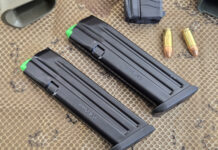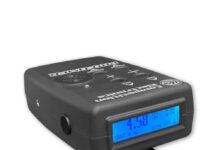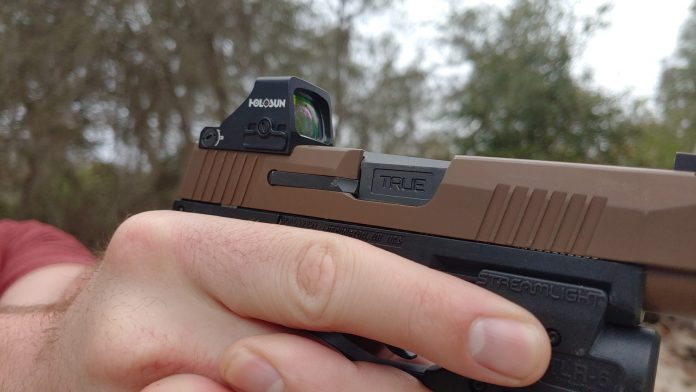
Pistol red dots are a significant innovation in the combat pistol game. They are in no way new, and you can find numerous examples going back decades. What’s changed is that the latest trend is focusing on concealed carry and duty guns. Prior to that, the pistol red dot was regulated mostly to ‘Open’ series competition guns. In the last few decades, we found a way to mount smaller red dots in less intrusive methods.
Today, we are talking all about mounting pistol red dots and which systems work best.
The ‘Worst’ Way – Dovetail Mount
The Dovetail mount is a plate or even section of rail that replaces your rear sight with a base to mount optics. Most of these dovetail mounts suck. If it’s on Amazon and costs 19 bucks, you can assume it sucks.

There are a few inherent issues with using a dovetail to mount a pistol red dot. The first is the height. The dot will be taller and the gun taller.
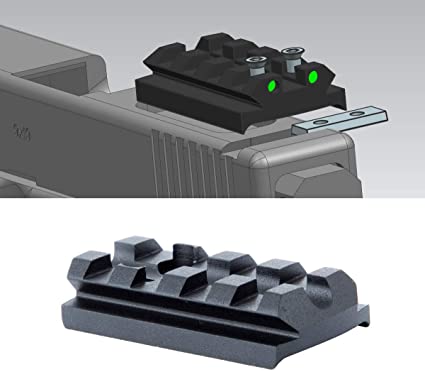
Second dovetail mounts replace your rear sight and eliminate your ability to use a rear sight. The cheaper designs are prone to bend and break when pressure is applied in nearly any direction. This throws the dot off.

There are only two no-mill dovetail pistol red dot mounts I’d trust, and that’s the Dueck Defense model and the Raven Concealment Balor mount. Both of these are sturdy and incorporate a rear and front sight for backups. The two issues with these mounts are the height and the cost. The Dueck is around 130 bucks, and the Balor is around 200. For that cost, you could have your slide milled. But if you don’t want to mill, they work.
The Better Way – Plate System
The Glock MOS system introduced a factory means to allow shooters to accommodate a wide variety of pistol red dot optics. The idea is that a shooter can purchase a Glock MOS and use a dozen different types of red dots by swapping mounting plates. The mounting plates allow the Glock to accommodate various optic footprints. The base slide has a universal footprint to attach the various plates to. S&W has something similar with the CORE series.

This is probably the best quasi-universal option on the market. If you were on the fence or just wanted to try a red dot enhanced handgun, then the CORE or MOS might be the best option to experiment with. The CORE and MOS systems work but do have a few small issues. The slide + plate + optic means the sight is higher.
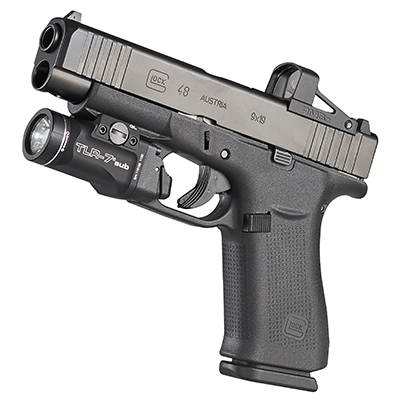
Second, there is a set of screws that attach the plate to the gun then a set that attaches the optic to the plate. That’s four potential failure points. The Glock plates have also been known to bend and warp, but luckily the aftermarket is producing better plates that are less likely to warp. A small but very annoying issue is screw length. A screw too long will bend the plate, and a screw too short will not hold the optic to the gun.
The Weird Way – Frame Mounted
Frame-mounted pistol red dot optics are nothing new. This was the competitive solution way back in the day when C-More sights were as small as it got. Companies like ALG made solutions like the 6-second mount that attaches to the rail and then to the frame and allows you to mount an Aimpoint Micro to your Gen 3 Glock. This was a purpose-built solution for a Counter-Terrorism unit according to ALG and proved to be a very stable and reliable platform for mounting a red dot.
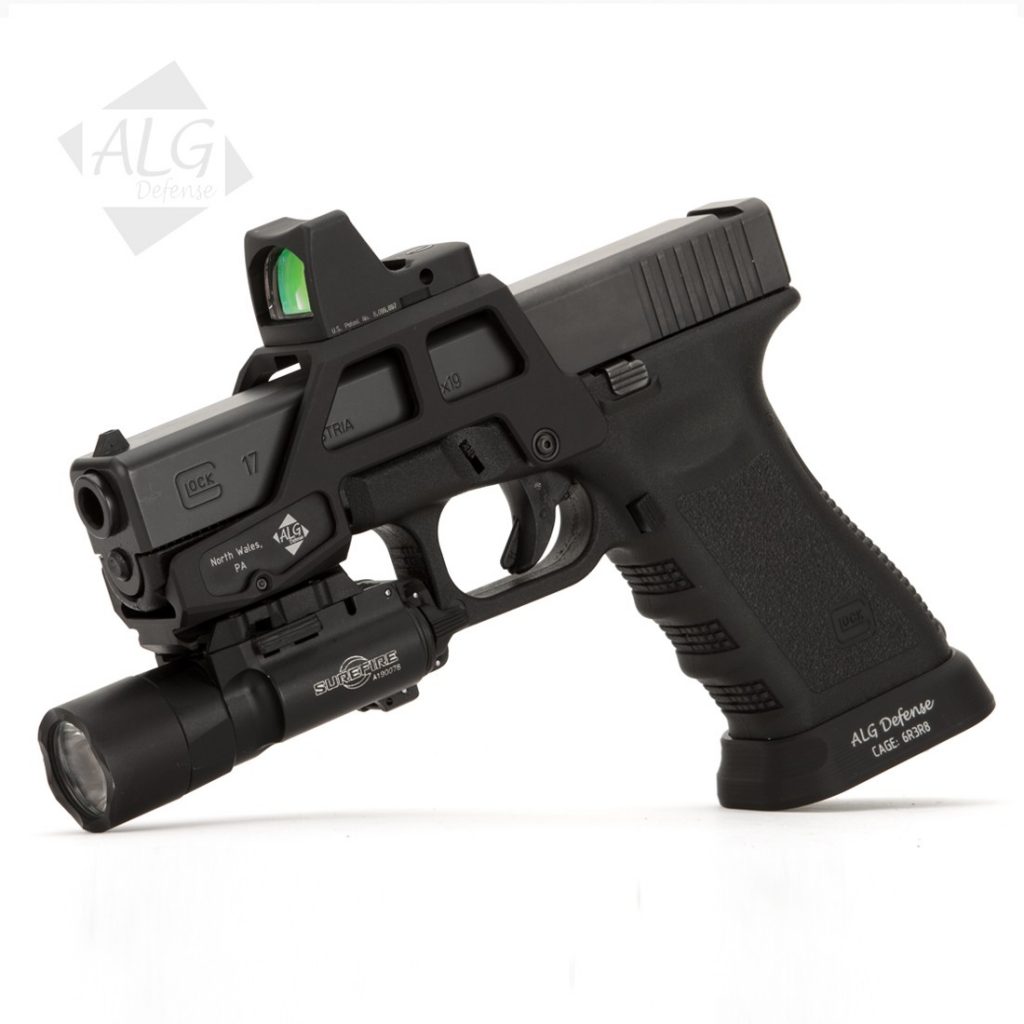
Other frame mounted system allow various optic’s options for SIG, 1911, CZ type pistols, and beyond. These systems do not reciprocate with the slide so tracking the dot is exceptionally easy to do. The lack of riding on the reciprocating slide may even extend the optic’s life.

These systems have been used extensively by pro-competitive shooters, and while they work, they also have a few issues.
First, they are massive and semi-complicated to install. They tend to also be expensive and often require a professional touch to install. These systems eliminate concealment options and leave you with minimal holster choices. Oh, and of course, the optic tends to be quite high.
The Best Way – Milled Slides
The very best way to attach a pistol red dot to your gun is the purchase a milled slide or have your own slide milled. There are tons of good companies out there these days that are doing some outstanding work in the world of red dot milling. As long as you choose a quality custom shop, you’ll experience the best pistol red dot fit possible.
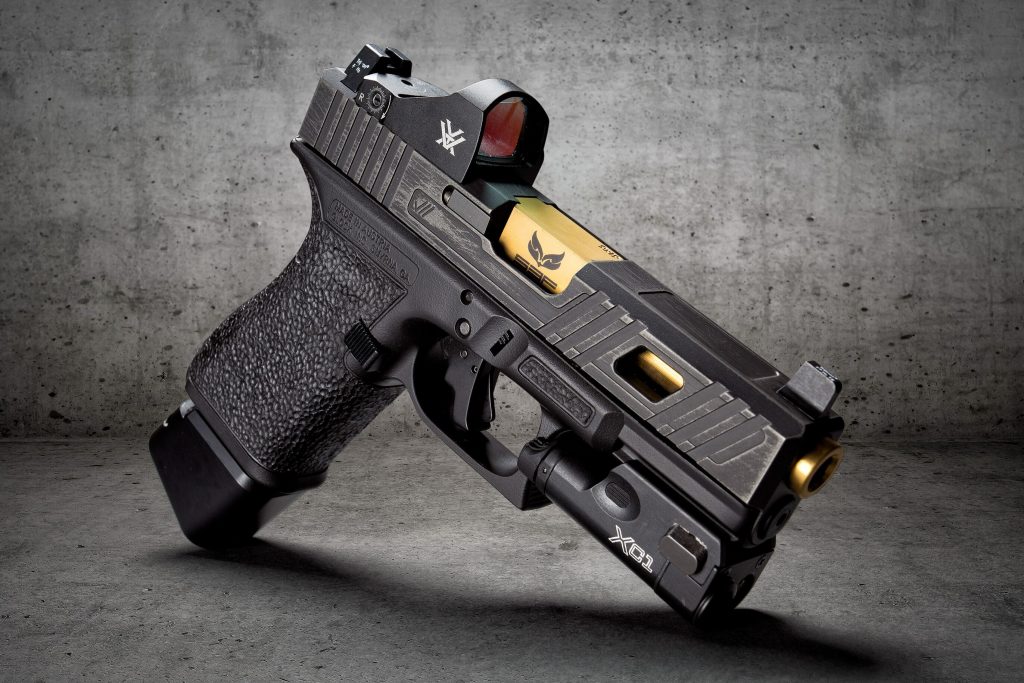
Slide mounted options sink the optic low and reduce failure points. Attachment is easier, and this has become the industry standard for a good reason. Milled slides provide you the most stable, lowest profile, and least complicated system for mounting pistol red dots. Even price-wise, this can be an affordable option. Brownells own RMR cut Glock slide can be had for under 200 bucks.
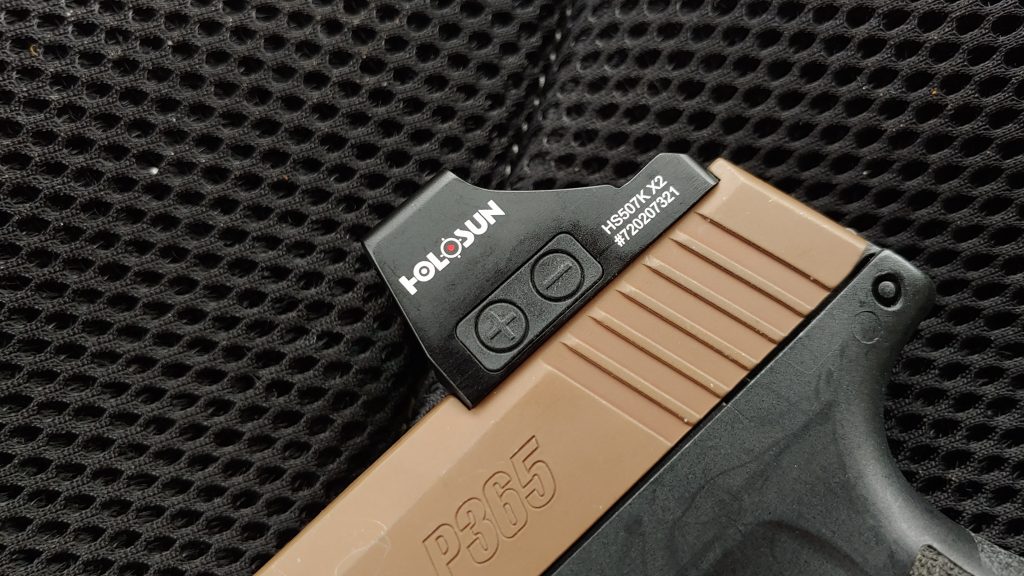
If you are looking for good companies, then you can’t go wrong with Jaegerworks, ATEi, or Primary Machine are all well respected for their slide milling capabilities if you choose to take that route.
Pistol Red Dot Optics Options
Pistol red dots are most certainly becoming mainstream, and these days optic’s compatibility is quickly becoming the standard. SIG, FN, Glock, S&W, Walther, CZ, and more are making their newest guns optic’s ready off the bat. The Pistol red dot is here to stay, and if it’s a route you want to take, make sure you approach it with a little bit of know-how to make your choice. Your choices and experiences may vary, but after numerous bits of experimentation, the above is what I’ve found to be true.

